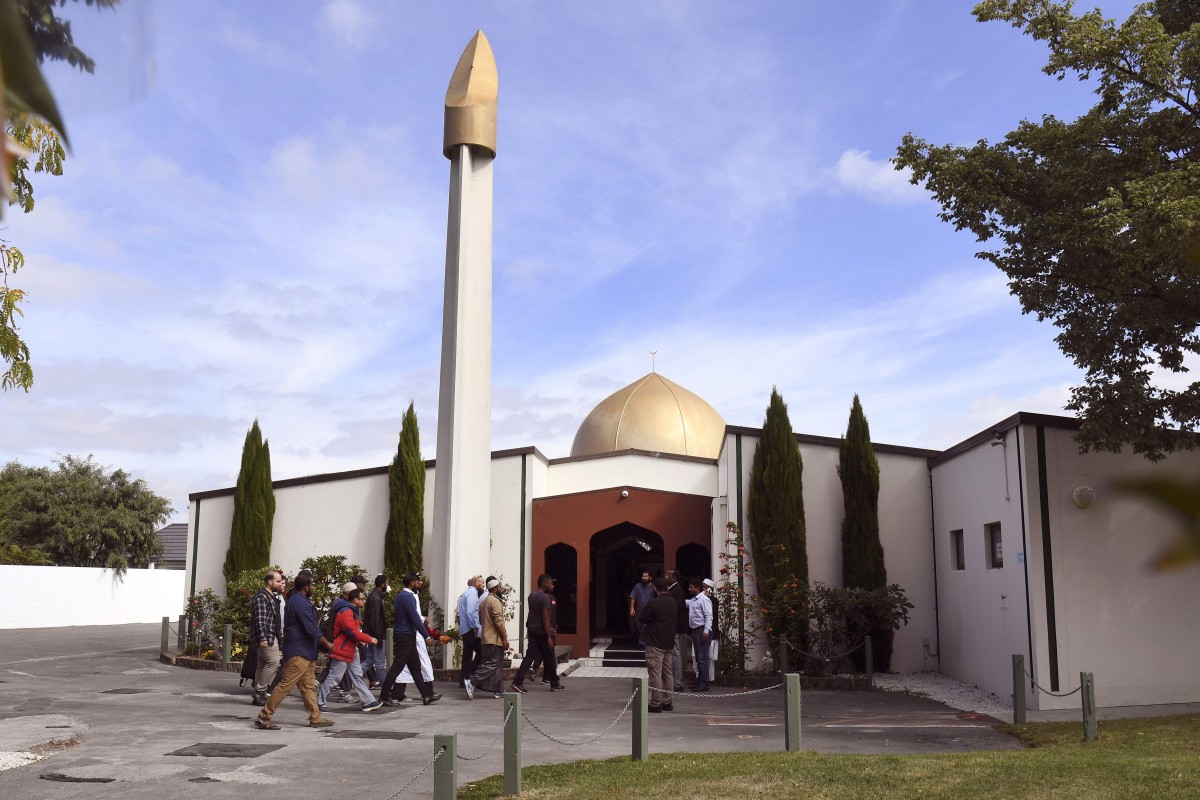The shooter’s media plan was so comprehensive, and his content spread so quickly, that there was little room for fakes to fill the void.
Friday’s attack at two mosques in New Zealand was committed by a shooter who deployed a social media strategy to go with his actions. He live-streamed on Facebook, he posted on Twitter about his plans, and he released a manifesto boobytrapped with references to online subcultures, memes, and influencers designed to trigger backlash — and even more coverage.
Just as he stockpiled ammunition and guns, he made sure his phone was charged, his GoPo was broadcasting live, and his trail of breadcrumbs in the form of social media accounts were there to be found.
This all guaranteed widespread visibility for him and his narrative. But the attack is also notable for the content that hasn’t spread online in the aftermath: fakes, hoaxes, and other forms of deliberate or accidental misleading information.
In the wake of every mass shooting or disaster going back close to a decade, these real acts and events have been followed by the rapid spread of fake images, false suspects, and attempts to shift blame and attribution. We’ve documented this again and again in articles, videos, and Twitter threads.
But not this time, at least not yet. We don’t see high-profile fakes of the suspect or the victim, and even the reliably vocal conspiracy theorists aren’t touting the usual “this shooting was staged by the government” fake. The absence of a disinformation onslaught stands out.
The reason seems to be that the shooter’s media plan was so comprehensive, and his content spread so quickly, that there was little room for fakes to fill the void. We knew who he was immediately because he designed it that way. We had his name, his manifesto, his sickening live-stream as immediate evidence and attribution.
There’s still time for false or misleading information to emerge — and it likely will. But right now, in the first hours, what we see is a killer who created the equivalent of a multiplatform content strategy to maximize his reach, push his message, and force the media and social platforms to navigate a minefield of coded messages aimed at helping push his agenda even after he was captured or killed.
By eliminating the usual vacuum of disinformation, he created a situation where one of the most important jobs of journalists and others is to think about how not to give him the platform he so meticulously planned for. How not to amplify messages meant to inflame tensions and radicalize more people. How to focus on what really matters: the victims, the viral spread of Islamophobia, and how to stop the trend of places of worship like mosques, synagogues, and black churches from becoming scenes of mass murder.
This attack shows that along with debunking fakes and helping spread accurate information, newsrooms, platforms, and public officials need to think about how to avoid playing into the hands of people whose deadly actions are designed to trigger maximum exposure for their message, and set off new cycles of violence and radicalization.
The Eerie Absence Of Viral Fakes After The New Zealand Mosque Attacks

